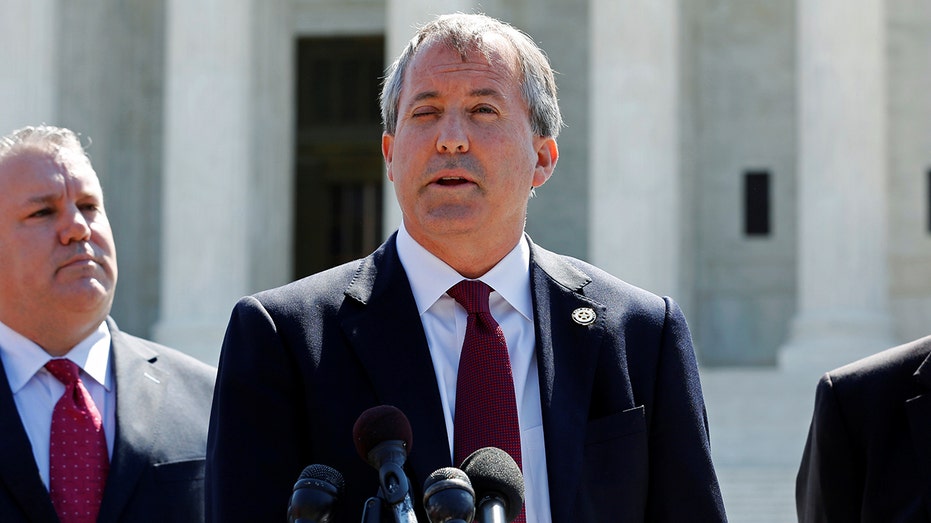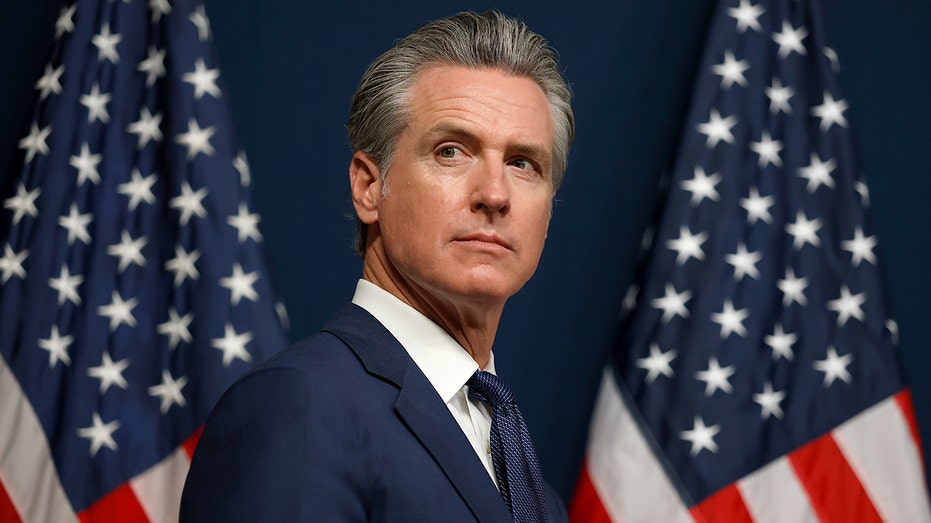A startling new analysis reveals a rapidly expanding and increasingly costly federal workforce, raising critical questions about the government’s ability to prioritize essential services. The numbers paint a clear picture: while the nation debates funding priorities, the bureaucracy continues to swell.
The report details a workforce of 2.9 million civil service employees, costing taxpayers a staggering $270 billion annually – plus an additional 30% for benefits. This translates to roughly $673,000 spent *every minute*, $40.4 million *per hour*, and nearly $1 billion *each day*. Payroll growth has dramatically outpaced employee growth, increasing nearly five times as much since 2020.
The scale of six-figure salaries is particularly striking. Nearly 800,000 federal bureaucrats now earn over $100,000 a year. Even more concerning, almost 1,000 employees surpass the President’s $400,000 salary, and over 31,000 earn more than every state governor.
The growth isn’t limited to sheer numbers; it’s concentrated at the higher end of the pay scale. Those earning $300,000 or more have increased by 84% since 2020, while those making $200,000 or more have risen by 82% in the same period. This suggests a significant shift towards a more highly compensated federal workforce.
Adding to the concern is a troubling lack of transparency. Investigators discovered that the names of 383,000 federal workers across 56 agencies were redacted from publicly available records, obscuring $38.3 billion in salaries. This deliberate concealment raises serious questions about accountability.
The investigation also uncovered instances of blatant waste and potential fraud. One employee at the Department of Housing and Urban Development simultaneously held multiple full-time government jobs, billing taxpayers for more than 24 hours of work in a single day – a clear violation of federal regulations.
This individual, working concurrently for AmeriCorps and the National Institutes of Health, allegedly claimed to have worked 26 hours on 13 out of 21 workdays in a single month, resulting in over $225,866 in improperly billed wages. Similar cases of falsified timecards and double-billing were also identified.
Efforts to shed light on these issues are underway. Lawmakers are pushing for legislation requiring detailed public reporting of back pay during government shutdowns, aiming to provide a clear accounting of the financial burden on taxpayers. The goal is to expose the true cost of bureaucratic inefficiencies.
The recent temporary government shutdown, while averted, serves as a stark example of the financial consequences of a bloated bureaucracy. Taxpayers are now facing a bill exceeding $12 billion in back pay for non-essential employees who were furloughed for over a month.
The core issue, as one investigator stated, is simple: “You can’t have accountability without visibility.” A truly transparent federal workforce is essential for restoring public trust and ensuring responsible stewardship of taxpayer dollars.






